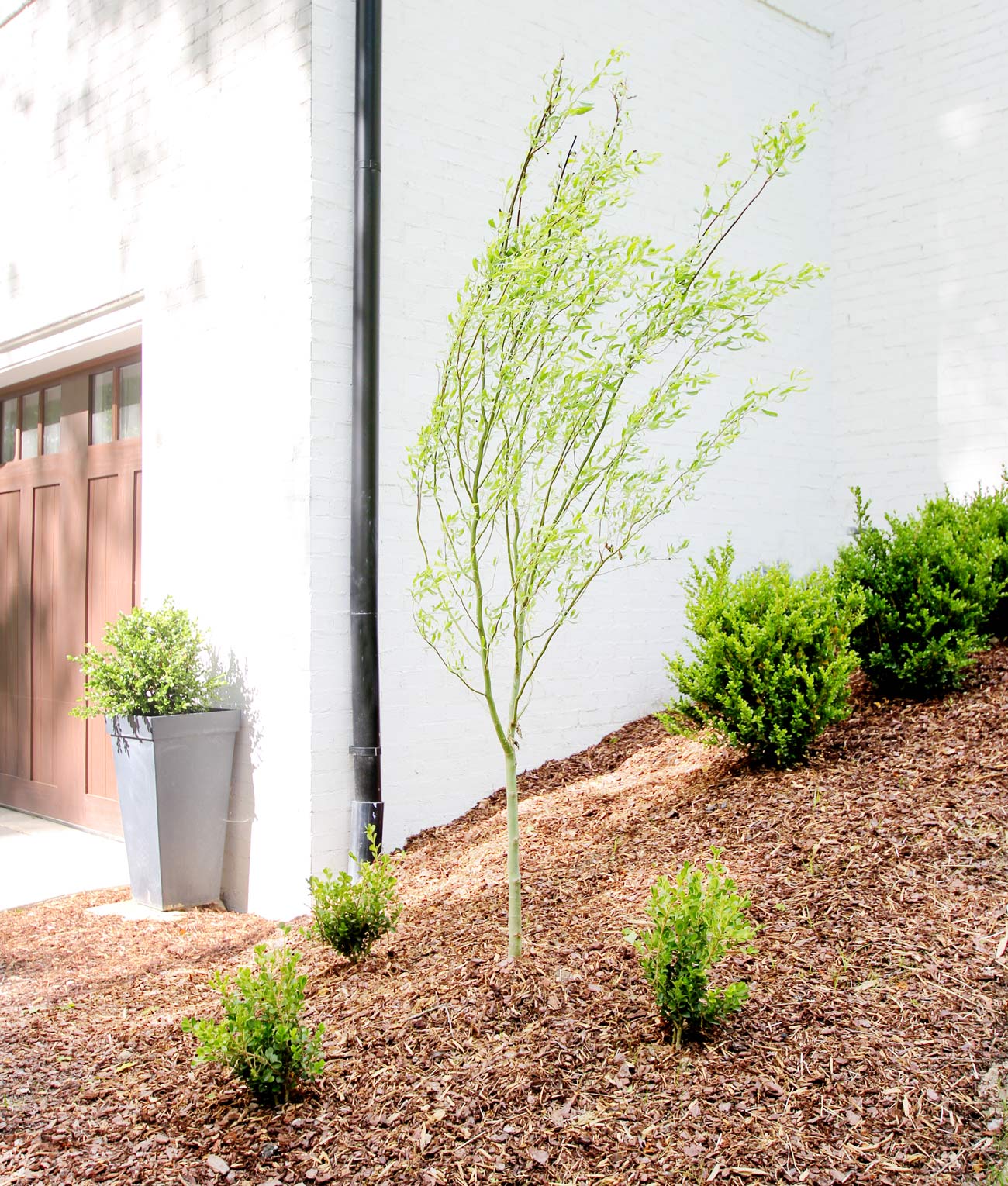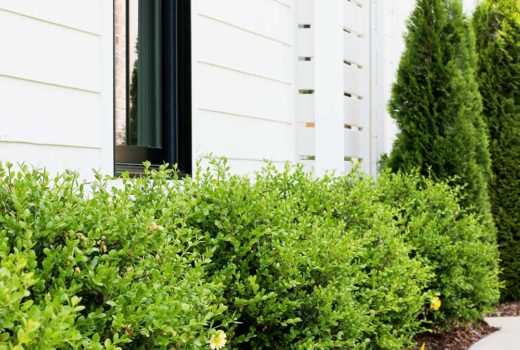
*This page contains affiliate links. If you make a purchase through one of these links, we earn a small commission at no additional cost to you.
Corkscrew willow trees are a unique and interesting species of trees that are native to Europe, Asia, and North America. They are perhaps best known for their unusual and eye-catching curly twigs and branches, which give the tree its name. In this blog post, we’ll take a closer look at corkscrew willows and how they can add beauty and interest to your landscape.
Types of Corkscrew Willows
There are several different types of corkscrew willow trees; the most common variety is Salix Matsudana ‘Tortuosa’, which is native to China, Korea, Japan, and parts of Siberia. This variety grows quickly and can reach heights of up to 50 feet in just 10 years. It has an open form with very twisted branches that often cross over each other as they reach upwards. Its leaves are dark green above but light green underneath, giving it a striking two-tone effect. Another popular type is Salix Babylonica ‘Curly Tops’, which is native to North America and has even more twisted branches than its Chinese cousin.
Best Places to Plant a Corkscrew Willow
A corkscrew willow tree grows best if planted in an area that receives full sunlight. This tree is not picky on what soil type it will thrive in. It will grow in almost any type, including clay. Corkscrew willows are very hardy and do like cold and cool temperatures but do not do as well in hot and humid temperatures. When planting this tree, keep in mind that it does grow fast and up to 30 feet tall and 15 feet wide.
Benefits of a Corkscrew Willow
Corkscrew willow trees offer many benefits for your landscape or garden. Not only do they bring visual interest with their unique shape, but they also provide much-needed shade during hot summer days. The twisted branches provide natural shelter from wind and rain, making them ideal for protecting small areas such as patios or decks from harsh weather conditions. They also attract birds who come to feed on the insects living on the tree’s leaves or bark; this makes corkscrew willows an excellent choice if you want to attract wildlife into your yard or garden. Finally, these trees do require quite a bit of pruning since they grow so fast. We planted one close to our house, and we have to prune it a couple of times in the summer to keep the size under control.
Problems with Corkscrew Willows
One problem you may encounter with corkscrew willows is that they are susceptible to pests and diseases. They will not necessarily harm the tree, but it may affect the appearance of the tree. Keeping the affected branches pruned as soon as they are noticed and removing diseased leaves will help with this.
Corkscrew willow roots can also be quiet aggressive and cause problems by growing close to surfaces. When planting these tree make sure and stay far enough away from pipes, drainage systems, or any other structures.
Final Thoughts
Corkscrew willow trees make a great addition to any landscape or garden due to their unique shape and attractive foliage. They provide year-round interest with their twisting branches, offer protection from wind and rain, attract birds to your yard or garden. But since they do grow very fast, regular pruning is required if you want to keep the tree manageable.





No Comments